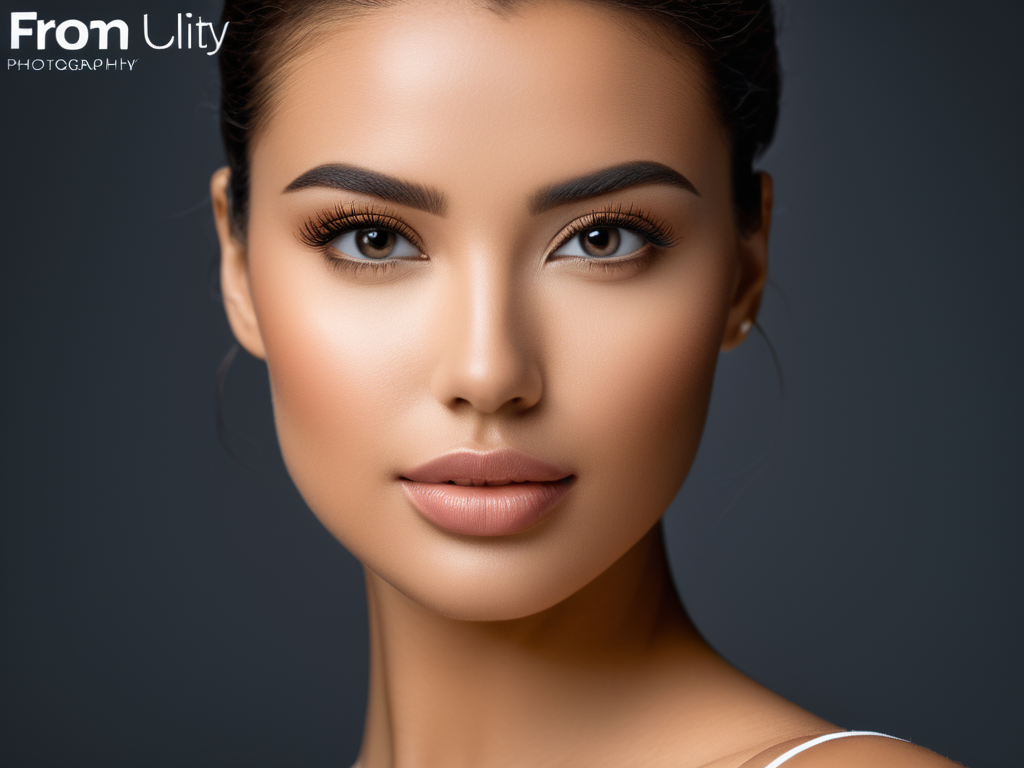From Low-Quality to High-Definition: How AI Can Revolutionize Your Photography Workflow

Introduction
Photography has come a long way since its inception in the mid-19th century. From film to digital cameras, the technology has evolved significantly over the years. However, with the advent of Artificial Intelligence (AI), photography is on the cusp of another revolution that could change the game forever.
In this blog post, we will explore how AI can revolutionize your photography workflow, from low-quality to high-definition. We’ll delve into the various ways in which AI can improve your photography experience, and provide practical examples of how you can incorporate these technologies into your own work.
Automatic Image Enhancement
One of the most significant advancements in recent years is automatic image enhancement using AI algorithms. These algorithms can analyze an image and make adjustments to enhance its overall quality, such as brightness, contrast, and color balance. This process is often referred to as “image editing” or “image processing.”
For example, consider a photographer who shoots a sunset scene with a camera that has a limited dynamic range. The resulting images may have lost details in both the shadows and highlights. An AI algorithm can analyze this image and make adjustments to recover those lost details, resulting in a more balanced and visually appealing image.
Object Detection
Another area where AI is making significant progress is object detection. This involves training AI algorithms to identify specific objects within an image or video. For instance, an AI-powered camera could detect the presence of people in a scene and automatically adjust settings accordingly.
In photography, this technology has numerous applications. Imagine being able to automatically tag your photos with metadata about the objects within them. This information can be used for search purposes, making it easier to find specific images within large collections.
Image Classification
Image classification is another area where AI is revolutionizing photography. This involves training AI algorithms to categorize images based on their content, such as “landscape,” “portrait,” or “still life.” These classifications can be used in various ways, including automatic organization of photos and automatic image selection for social media sharing.
For example, consider a photographer who shoots a series of landscape photos with different settings. An AI algorithm could analyze these images and automatically categorize them based on their content, making it easier to find specific photos within the collection.
Automated Editing
AI-powered automated editing is another area where photography is being revolutionized. This involves training AI algorithms to make adjustments to images in real-time, such as cropping, resizing, or adjusting brightness and contrast.
For example, consider a photographer who shoots a series of portrait photos with different settings. An AI algorithm could analyze these images and automatically adjust the brightness and contrast to create a more consistent look across all the images.
AI-Powered Camera Systems
Finally, there is the area of AI-powered camera systems. These cameras are equipped with advanced sensors and processing power that enable them to capture high-quality images in challenging conditions, such as low-light environments or extreme temperatures.
For instance, consider a photographer who shoots wildlife photography in remote locations with limited access to equipment. An AI-powered camera system could analyze the scene and adjust settings accordingly, ensuring optimal image quality even in difficult conditions.
Conclusion
In conclusion, Artificial Intelligence is revolutionizing the world of photography, from low-quality to high-definition. From automatic image enhancement to object detection, image classification, automated editing, and AI-powered camera systems, there are numerous ways in which AI can improve your photography experience.
As a photographer, it’s essential to stay up-to-date with the latest advancements in AI technology and how they can be applied to your work. By incorporating these technologies into your workflow, you can produce high-quality images that stand out from the crowd.
Practical Examples
Here are some practical examples of how you can incorporate AI into your photography workflow:
- Use automatic image enhancement software like Adobe Lightroom or Skylum Luminar.
- Experiment with object detection algorithms using tools like Google Cloud Vision API.
- Classify your images using machine learning models like TensorFlow.
- Automate your editing process using scripts and plugins for image processing software.
By following these examples, you can unlock the full potential of AI in photography and produce stunning results that will leave your audience impressed.
About Isabella Anderson
As a seasoned editor at gophotos.com, I help shape the visual narrative of innovative AI-powered image tools. With a passion for smart photography and a background in fine-tuning editing workflows, I dive into the world of AI-driven creativity, making complex concepts accessible to all.
